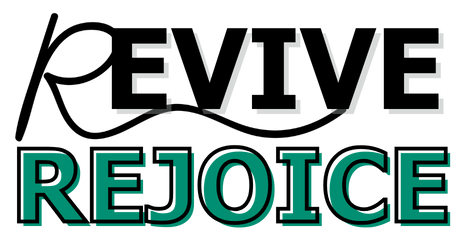The Heart Health Blueprint: 12 Foods That Naturally Lower Blood Pressure and Cholesterol
A 2025 study found that just 3 grams of omega-3s daily can reduce blood pressure as effectively as medication—but that’s just the beginning of what food can do for your heart. High blood pressure affects 70 million Americans, contributing to 1,000 deaths daily, yet only 47% have it under control.
The solution isn’t just in pharmacy aisles. This comprehensive guide reveals 12 research-backed foods that lower blood pressure and cholesterol naturally.
From heart healthy foods 2025 studies recommend to proven natural blood pressure reduction strategies, you’ll discover how simple dietary changes can transform your cardiovascular health without side effects.
HEART HEALTH HERO SQUAD!
Captain Salmon
(Tap for Powers)Omega-3s calm inflammation & relax blood vessels.
Eat 4-5oz twice a week (broiled or canned).
The Berry Bunch
(Tap for Powers)Anthocyanins help blood flow better.
1-2 servings daily in smoothies or oatmeal.
Oatmeal Man
(Tap for Powers)Beta-glucan fiber soaks up cholesterol like a sponge.
Aim for 5-10g soluble fiber daily (one big bowl).
Green Guardian
(Tap for Powers)Potassium & magnesium help kidneys remove sodium.
Sauté with olive oil to absorb nutrients better.
Nutty Professor
(Tap for Powers)Lowers LDL (bad) cholesterol by ~5%.
A handful (1 oz) daily is perfect. Unsalted only!
Bean Brigade
(Tap for Powers)Soluble fiber binds to cholesterol & removes it.
Rinse canned beans to remove extra sodium.
Golden Oil
(Tap for Powers)Oleic acid reduces inflammation in blood vessels.
2-3 tablespoons daily. Use for low-heat cooking.
Grain Master
(Tap for Powers)Fiber-rich bran helps lower blood pressure risk by 8%.
Swap white rice/pasta for brown rice or quinoa.
Calcium Kid
(Tap for Powers)Calcium & potassium help blood vessels contract properly.
3 servings daily (e.g., yogurt, skim milk).
Red Lycopene
(Tap for Powers)Powerful antioxidant that protects blood vessels.
Cooked tomatoes (sauce/paste) are best!
Garlic Guard
(Tap for Powers)Active compounds help blood vessels relax.
Let chopped garlic sit for 10 mins before cooking.
Dark Knight
(Tap for Powers)Flavanols improve blood vessel function.
1 oz (a small square) of 70%+ cacao daily.
1. Fatty Fish: Your Heart’s Best Friend
Fatty fish are packed with omega-3 fats. These fats work like medicine for your heart. They calm inflammation. They help your blood vessels relax. And they can lower your blood pressure in just weeks.
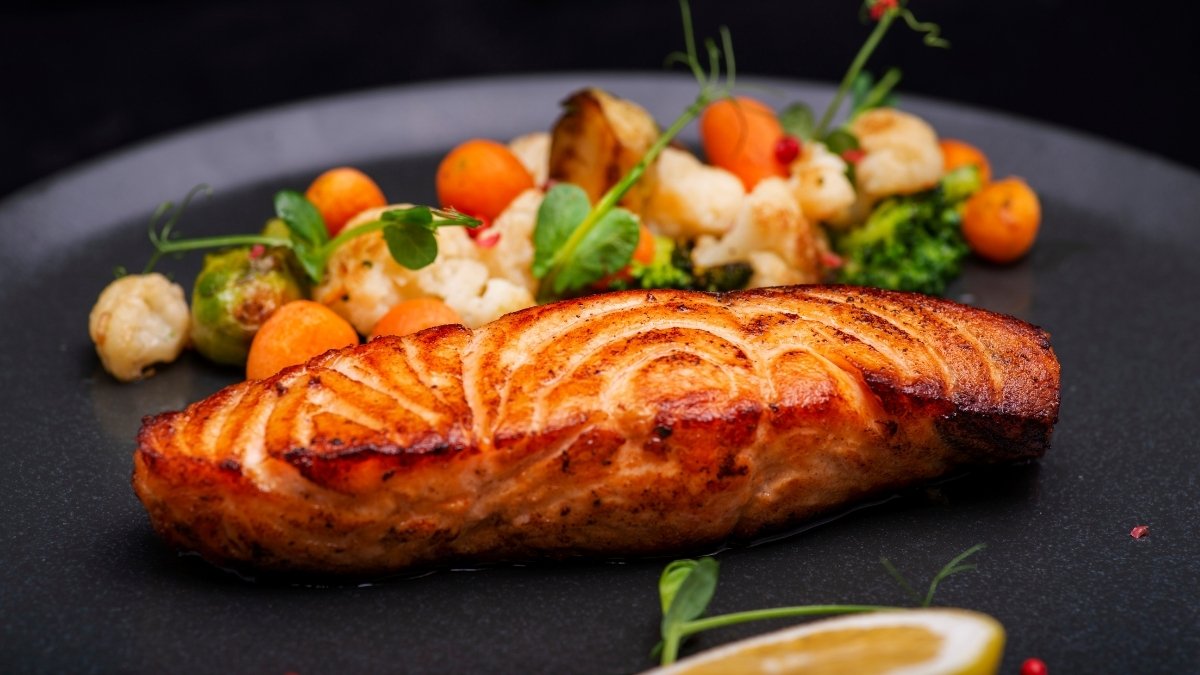
How much you need: Eat 4-5 ounces of salmon twice a week. That gives you about 3 grams of omega-3s. Studies show that 2-3 grams daily can drop your blood pressure by 2-3 points. That might not sound like much, but it adds up over time.
Best picks: Atlantic salmon, mackerel, sardines, and trout. Wild-caught is great, but farm-raised works too. Canned salmon and sardines count. They’re cheap and easy to keep on hand.
Make it simple: Broil salmon with olive oil, lemon, and herbs. Takes 15 minutes. Or add canned salmon to salads. Sardines on toast with avocado makes a quick lunch. If you don’t like fish, try fish oil supplements. Look for ones with 1-2 grams of EPA and DHA combined.
2. Berries: Nature’s Blood Pressure Medicine
Berries are tiny but powerful. They’re loaded with compounds called anthocyanins. These give berries their deep colors. They also relax your blood vessels and help blood flow better.
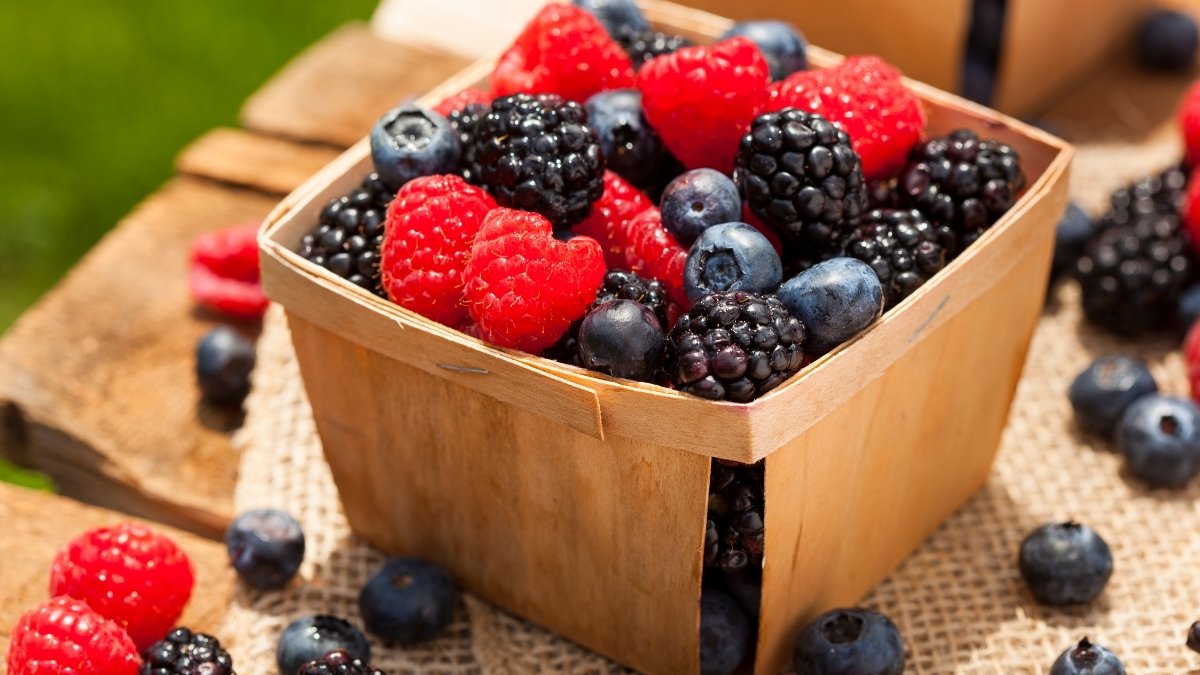
The proof: People who ate 200 grams of blueberries daily for a month saw their blood pressure drop by 5 points. That’s better than some medications. Chokeberries have the most anthocyanins – over 400mg per 100 grams. Blueberries have over 100mg per 100 grams.
How much to eat: One to two servings daily. That’s about 44mg of anthocyanins. You can get this from a cup of strawberries, a handful of raspberries, or 3/4 cup of blueberries.
Easy ways to eat more: Toss berries in your morning oatmeal. Blend them into smoothies. Eat them as snacks. Frozen berries work just as well as fresh ones. They’re often cheaper too. Mix different berries to get more types of anthocyanins.
3. Oats: The Cholesterol Crusher
Oats contain a special type of fiber called beta-glucan. This fiber acts like a sponge in your gut. It soaks up cholesterol and carries it out of your body. Less cholesterol in your blood means less strain on your heart.
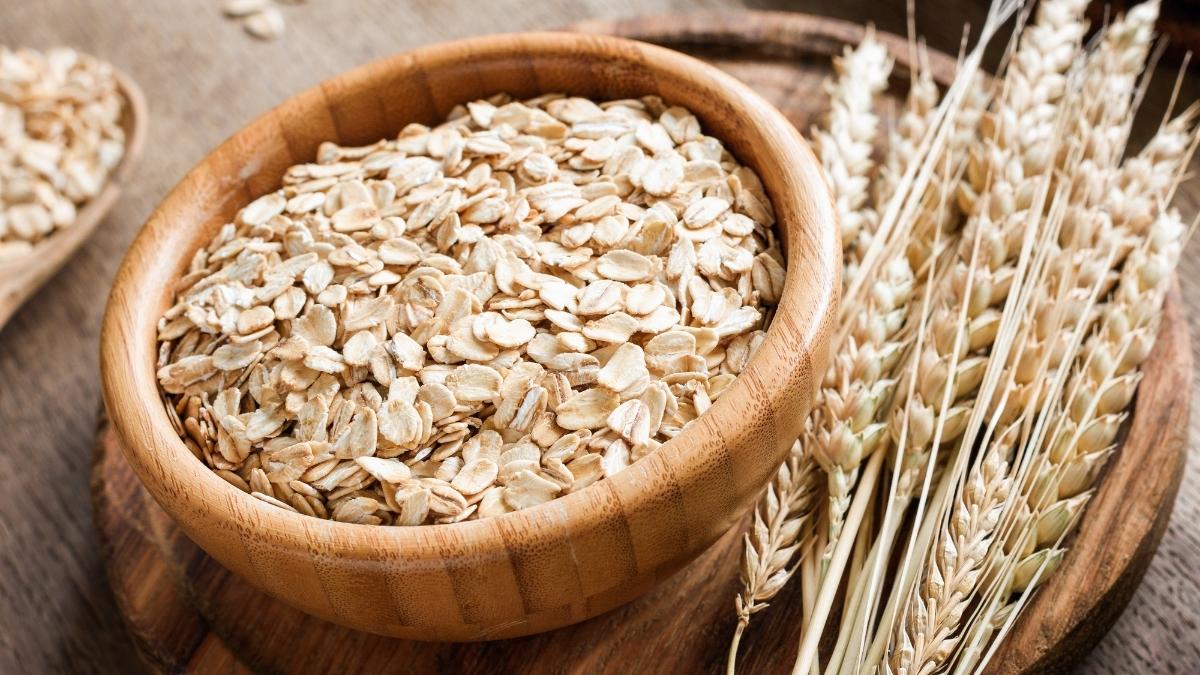
The science: Every serving of oats gives you 1-2 grams of soluble fiber. This fiber doesn’t just lower cholesterol. It also helps lower blood pressure. Your blood vessels stay more flexible when you eat oats regularly.
Daily goal: You need 20-35 grams of total fiber daily. Try to get 5-10 grams from soluble fiber like oats. A bowl of oatmeal gives you about 4 grams of fiber. Add a sliced banana for 3 more grams.
Make them taste good: Steel-cut oats have more texture than instant. But any oats work. Cook them with cinnamon and vanilla. Top with berries and nuts. Make overnight oats with yogurt and fruit. Even oat flour in smoothies counts.
4. Leafy Greens: Potassium Powerhouses
Dark leafy greens are loaded with potassium and magnesium. These minerals help your blood vessels relax. They also help your kidneys get rid of extra sodium. Less sodium means lower blood pressure.
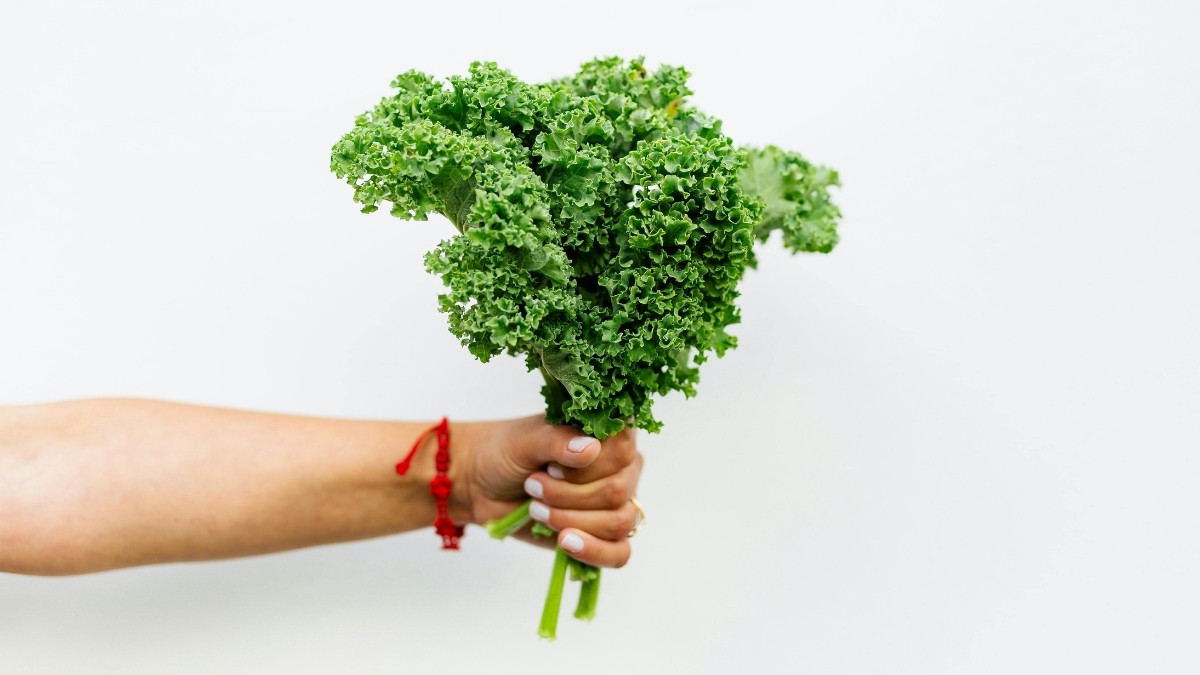
The numbers: Swiss chard gives you 150mg of magnesium and 961mg of potassium per cup. That’s impressive. Studies show that every 1 gram increase in daily potassium can lower blood pressure by 2.4 points in women.
Best choices: Spinach, kale, Swiss chard, and arugula pack the most nutrition. Baby spinach is mild if you’re new to greens. Kale chips make a crunchy snack. Swiss chard has a slightly sweet taste.
Cook them right: Sauté greens with olive oil and garlic. The fat helps you absorb more nutrients. Massage raw kale with lemon juice to break down tough fibers. Add spinach to smoothies – you won’t taste it. Steam chard until just wilted to keep nutrients.
5. Nuts: Heart-Smart Snacking
Nuts are packed with healthy fats, protein, and fiber. They help lower bad cholesterol. They also provide magnesium and potassium for healthy blood pressure. Plus, they keep you full so you eat less junk.
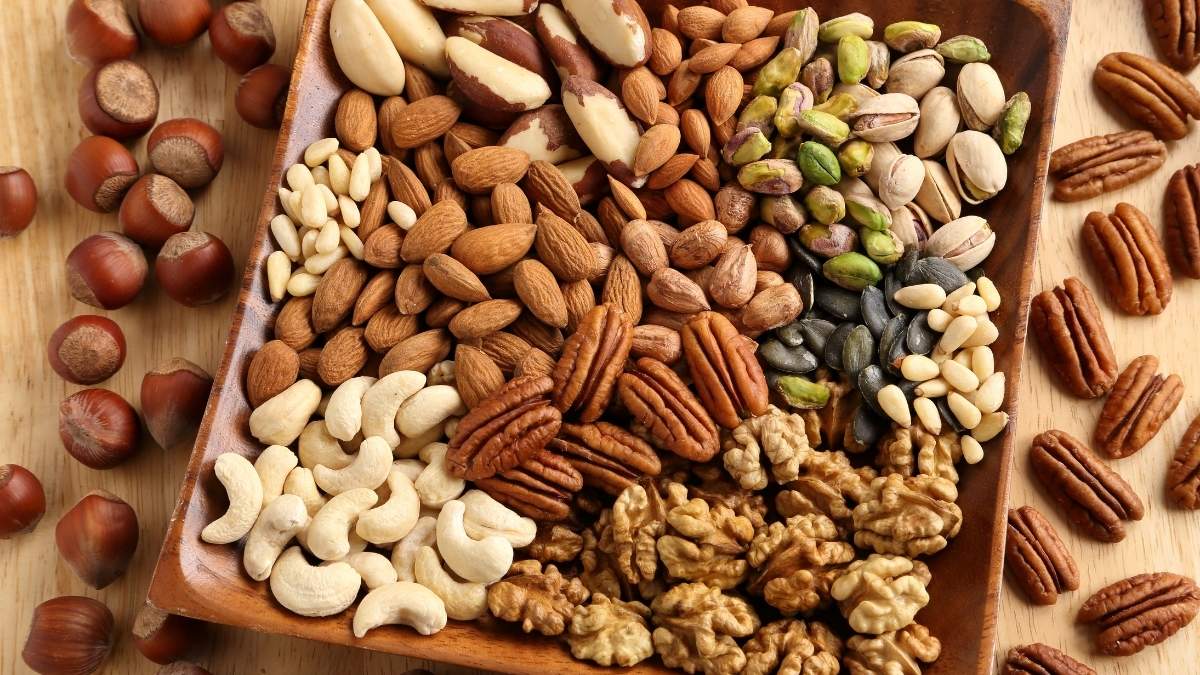
How much helps: Studies show that 2 ounces of nuts daily can lower LDL (bad) cholesterol by about 5%. That’s a meaningful drop. The healthy fats in nuts do more than just lower cholesterol. They protect your heart in other ways too.
Top picks: Almonds, walnuts, and pistachios are best. Walnuts have omega-3 fats like fish. Almonds provide vitamin E. Pistachios give you potassium. Raw or dry-roasted nuts work best. Skip the salted ones.
Smart snacking: A handful (about 1 ounce) makes a perfect snack. Sprinkle chopped nuts on salads. Add them to yogurt or oatmeal. Make your own trail mix with nuts and dried fruit. Keep small bags in your car or desk for easy snacking.
6. Beans and Legumes: Fiber Champions
Beans are nutrition superstars. They’re packed with soluble fiber that lowers cholesterol. They have protein that helps you feel full. And they provide potassium and magnesium for healthy blood pressure.
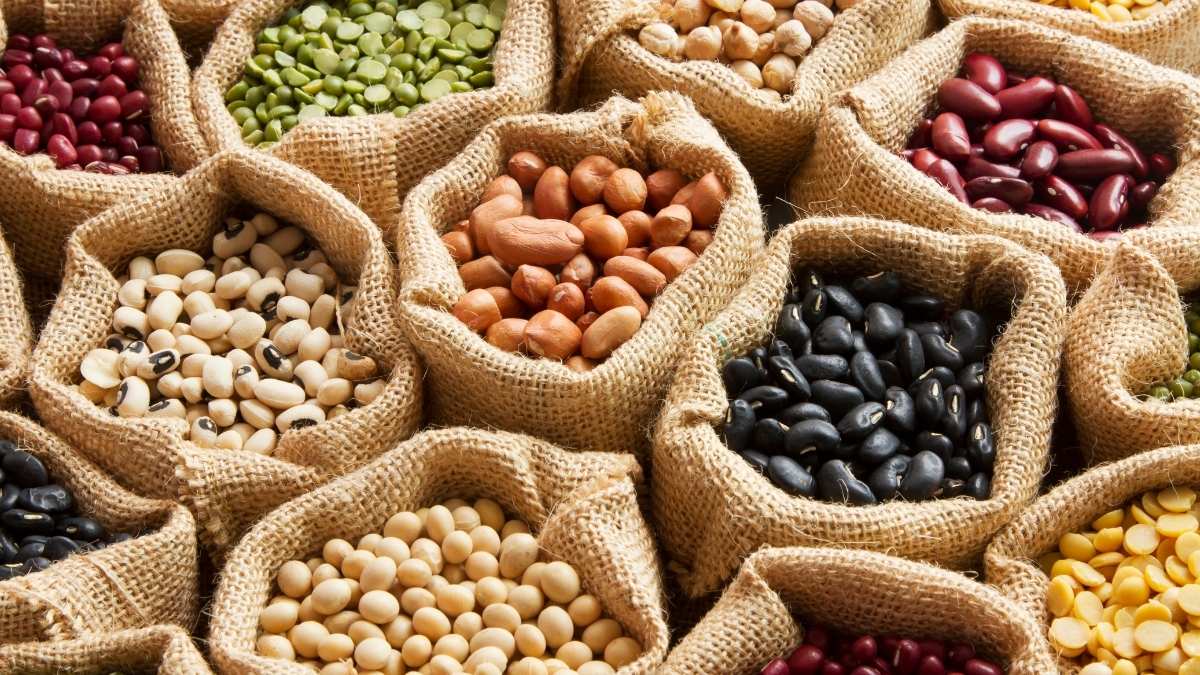
Why they work: The soluble fiber in beans works like the fiber in oats. It binds to cholesterol and removes it from your body. Beans also help you eat less because the fiber and protein keep you satisfied longer.
Best varieties: Navy beans, kidney beans, lentils, and chickpeas all work. Black beans have antioxidants. White beans are mild-tasting. Lentils cook fast and don’t need soaking.
Make them easy: Canned beans save time. Just rinse them to remove extra sodium. Add beans to soups and salads. Make hummus from chickpeas. Toss lentils into pasta sauce. A half-cup serving gives you plenty of fiber and protein without too many calories.
7. Olive Oil: Liquid Gold for Your Heart
Extra virgin olive oil contains healthy fats that benefit your heart. The main fat is oleic acid, an omega-9 fat. This fat helps lower blood pressure and reduces inflammation in your blood vessels.
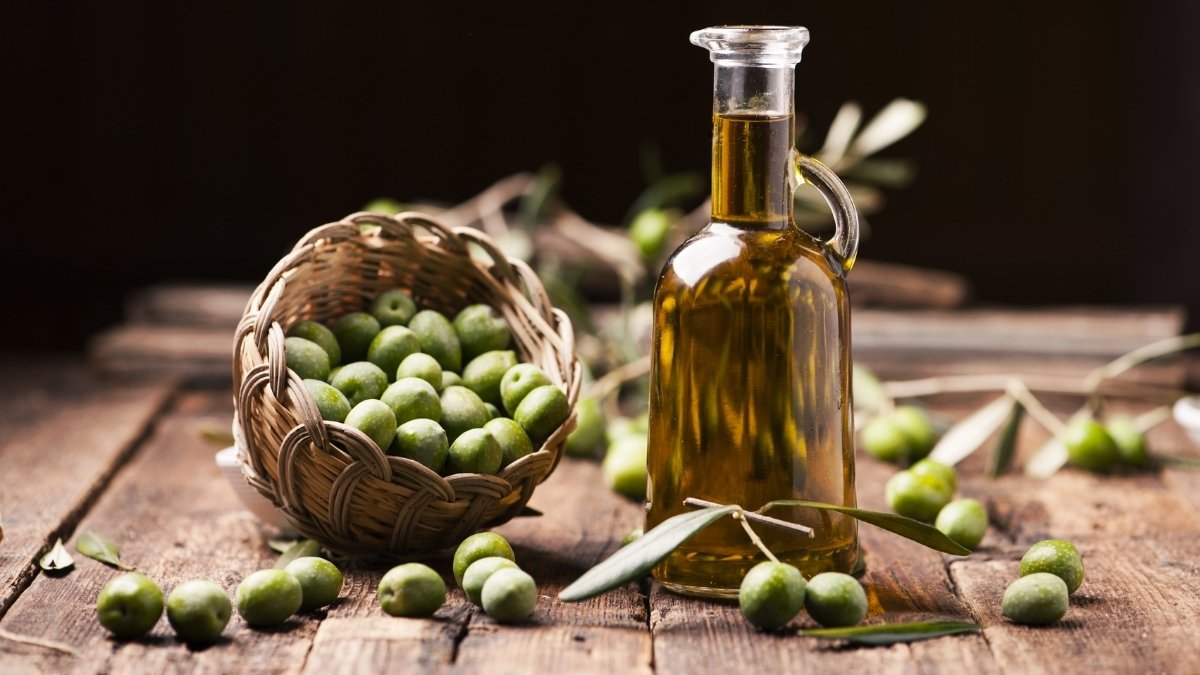
Why extra virgin matters: Extra virgin olive oil is less processed. It keeps more of its natural compounds that protect your heart. These compounds work with the healthy fats to give you maximum benefits.
How much to use: Two to three tablespoons daily gives you heart benefits. That sounds like a lot, but it adds up fast. Use it for cooking, salad dressing, and drizzling on vegetables.
Use it right: Heat damages some of olive oil’s good compounds. Use it for low-heat cooking or add it after cooking. Make simple salad dressing with olive oil, lemon juice, and herbs. Drizzle it on cooked vegetables. Dip bread in it instead of using butter.
8. Whole Grains: Smart Carb Choices
Whole grains keep all parts of the grain – the fiber-rich bran, the nutrient-packed germ, and the starchy center. This combination helps lower blood pressure and cholesterol better than refined grains.
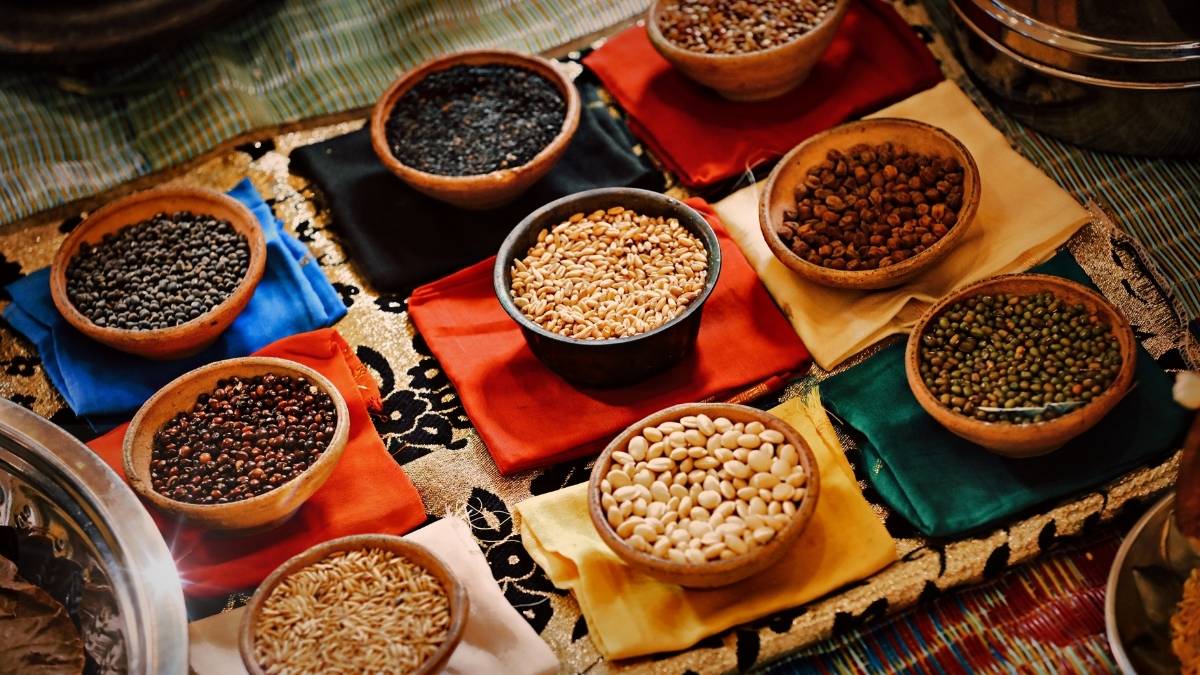
The research: Every 30-gram increase in daily whole grains is linked to 8% lower risk of high blood pressure. Amaranth is especially high in magnesium, a mineral that helps blood vessels relax.
Good options: Brown rice, quinoa, barley, and whole wheat products all count. Quinoa cooks fast and has complete protein. Barley adds chewy texture to soups. Whole wheat pasta tastes better than it used to.
DASH plan approach: The DASH diet recommends 6-8 servings of grains daily, mostly whole grains. One serving equals a slice of bread, half cup of cooked rice, or one ounce of cereal. Start by replacing half your refined grains with whole grains.
9. Low-Fat Dairy: Calcium for Heart Health
Low-fat dairy products provide calcium, potassium, and protein. This combination helps keep blood pressure in check. The calcium helps blood vessels contract and relax properly. The potassium balances out sodium.
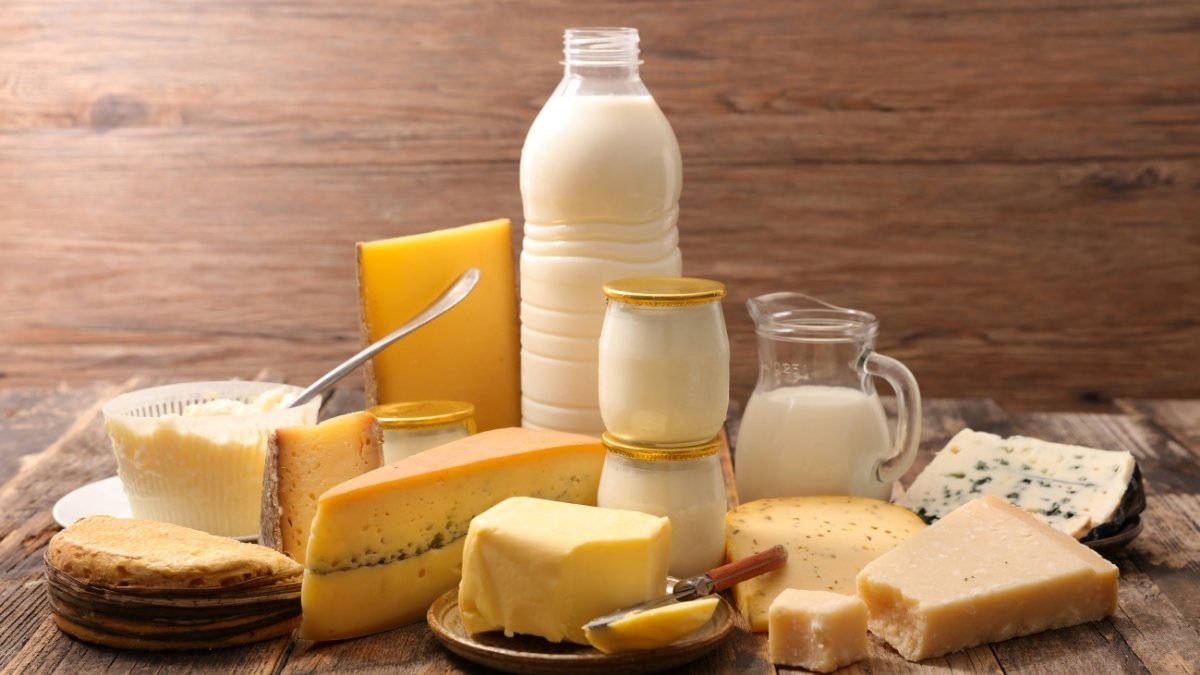
The evidence: People who eat 3 servings of low-fat dairy daily have 13% lower chance of developing high blood pressure. That’s compared to people who eat less dairy. The combination of nutrients works better than any single nutrient alone.
Smart choices: Skim or 1% milk, low-fat yogurt, and reduced-fat cheese work best. Greek yogurt has extra protein. Cottage cheese is high in protein and low in sodium if you buy the low-sodium version.
Serving sizes: One cup of milk or yogurt counts as a serving. So does 1.5 ounces of cheese. That’s about the size of your thumb. Choose plain yogurt and add your own fruit to avoid added sugars.
10. Tomatoes: Lycopene Leaders
Tomatoes contain lycopene, a powerful antioxidant that gives them their red color. Lycopene helps protect your blood vessels from damage. It may also help lower blood pressure and reduce heart disease risk.
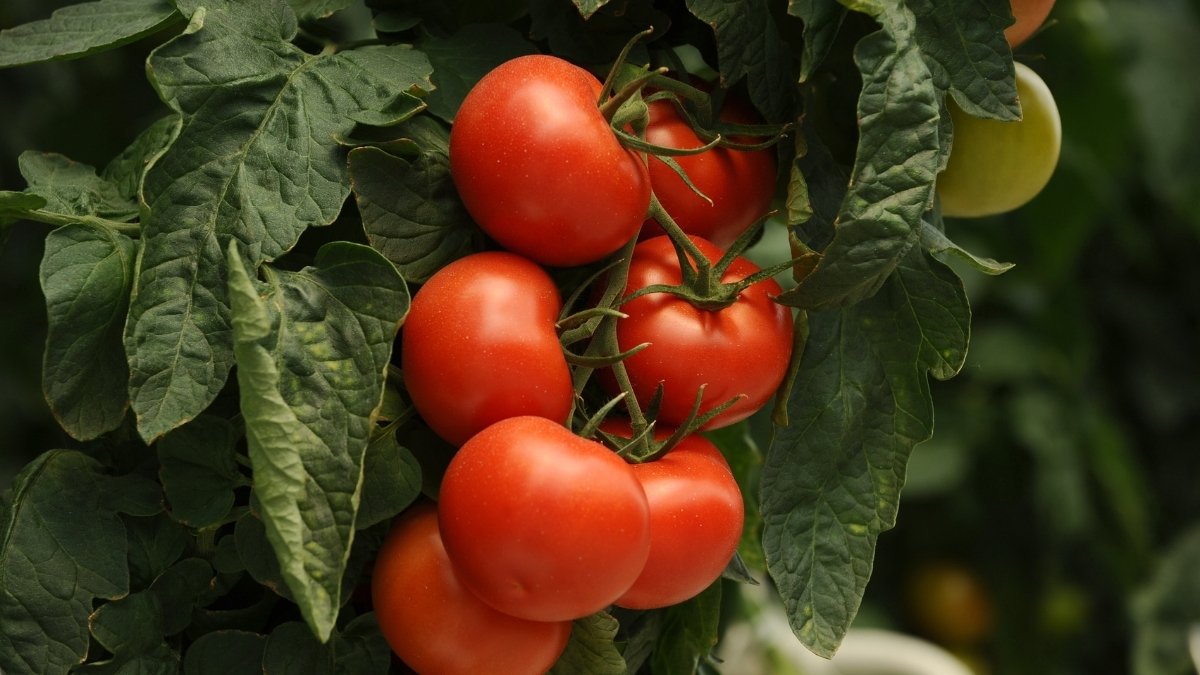
Cooked vs. raw: Your body absorbs lycopene better from cooked tomatoes. Tomato sauce, paste, and canned tomatoes actually provide more usable lycopene than fresh tomatoes. The cooking process breaks down cell walls and makes lycopene easier to absorb.
Easy ways to eat more: Add tomato sauce to pasta dishes. Use tomato paste to add flavor to soups and stews. Eat fresh tomatoes in salads and sandwiches. Salsa counts too. Even ketchup provides some lycopene, though it’s high in sugar.
Cooking tip: Add a little olive oil when eating tomatoes. The healthy fat helps your body absorb even more lycopene. This is why pizza sauce and pasta sauce can be good for your heart – if you don’t overdo the cheese and refined flour.
11. Garlic: The Pungent Protector
Garlic has been used as medicine for thousands of years. Modern research shows it may help lower both blood pressure and cholesterol. The active compounds in garlic help blood vessels relax and may reduce inflammation.
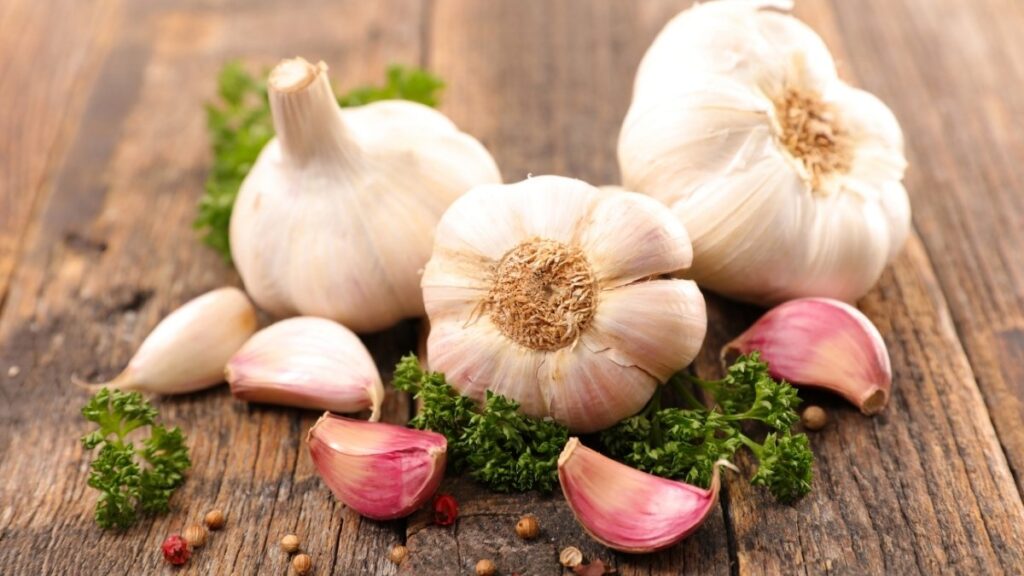
How much helps: Studies use different amounts, from one clove daily to several. Most research suggests 1-2 cloves daily, either fresh or cooked. More research is needed to find the optimal dose, but even small amounts seem to help.
Fresh vs. supplements: Fresh garlic provides the most active compounds. Crushing or chopping garlic releases more of these compounds. Let chopped garlic sit for 10 minutes before cooking to maximize the benefits.
Make it taste good: Roast whole garlic bulbs until soft and sweet. Add minced garlic to stir-fries and pasta dishes. Make garlic olive oil by heating oil with crushed garlic. Even garlic powder adds flavor, though fresh is better for heart health.
12. Dark Chocolate: The Sweet Surprise
Dark chocolate with 70% or higher cacao content contains compounds called flavanols. These compounds may improve blood vessel function and help lower blood pressure. The key is choosing the right type and eating the right amount.
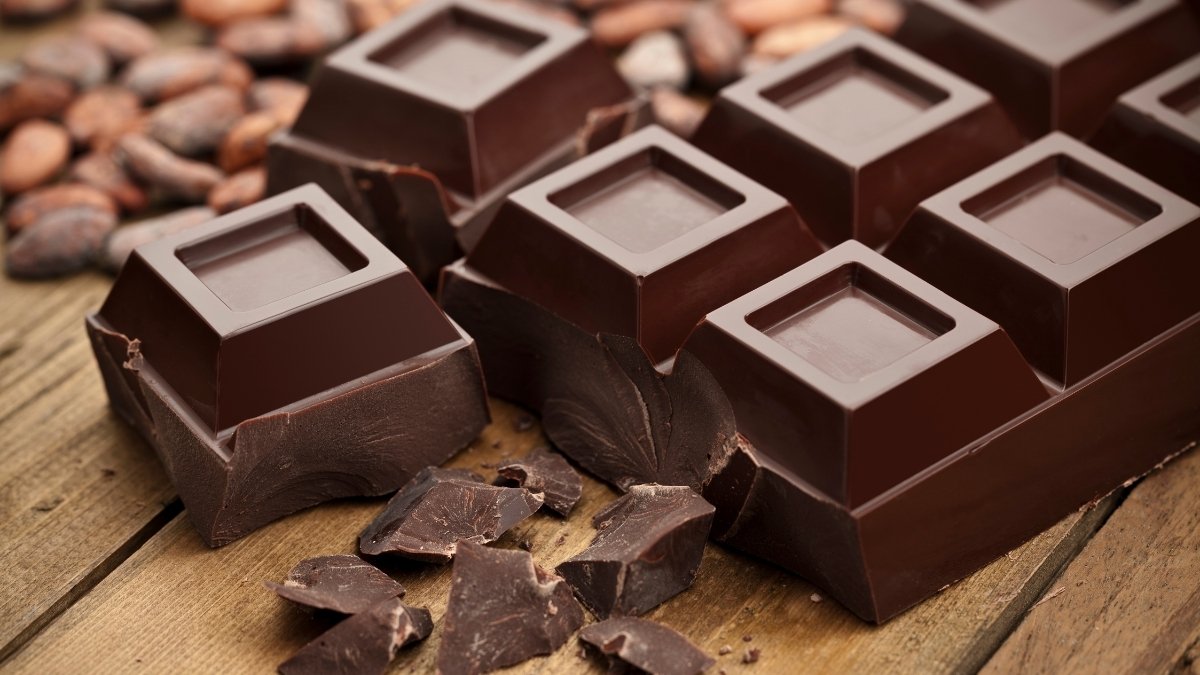
Why dark matters: Milk chocolate and white chocolate don’t have enough flavanols to help your heart. The higher the cacao percentage, the more flavanols you get. Look for 70% or higher on the label.
How much is enough: Studies show benefits from about 1 ounce (28 grams) daily. That’s a small square or two from a dark chocolate bar. More isn’t better because chocolate is high in calories and sugar.
Watch the calories: Even dark chocolate has calories. One ounce has about 150 calories. If you eat chocolate daily, you might need to cut calories somewhere else. Choose quality over quantity. A small piece of good dark chocolate is more satisfying than a large piece of cheap chocolate.
The bottom line: These 12 foods work best as part of an overall healthy eating pattern. You don’t need to eat all of them every day. Pick the ones you enjoy and can stick with long-term. Small changes add up to big benefits for your heart.
Creating Your Heart-Healthy Meal Plan
You know those foods are good for your heart. But how do you actually eat them every day? Here’s how to build a meal plan that works.
The DASH diet gives us clear numbers to follow. You need 4-5 servings of fruits daily. That’s about 2 cups. Vegetables? Same thing – 4-5 servings or 2-3 cups. Whole grains should fill 6-8 servings of your day. Think one slice of bread or half a cup of rice as one serving.
For protein, aim for 6 ounces of lean meat, fish, or poultry daily. But here’s the thing – you don’t need meat at every meal. Two servings of fish per week covers your omega-3 needs. Beans and nuts can handle the rest.
Your sample day might look like this: Start with oatmeal topped with blueberries and chopped walnuts. Add a tablespoon of ground flaxseed. This hits your whole grains, fruits, and healthy fats before 9 AM.
Lunch could be a salmon salad with spinach, tomatoes, and olive oil dressing. Throw in some avocado slices. You just covered your fish, vegetables, and more healthy fats.
Maximizing Benefits: Preparation and Portion Tips
Cooking methods matter more than you think. You can turn a heart-healthy food into junk with the wrong preparation.
Steam your vegetables when possible. This keeps the most nutrients intact. If you must use oil, stick to olive oil and use just a teaspoon or two. Sautéing works too, but don’t let the oil smoke. That creates harmful compounds.
Nuts are tricky. They’re incredibly good for your heart, but calories add up fast. One serving equals about 1/4 cup or a small handful. That’s roughly 23 almonds or 14 walnut halves. Measure this out once so you know what it looks like.
Choose unsalted nuts always. The salted versions can push your sodium intake too high. Your heart doesn’t need that extra work.
Some foods work better together. Iron from spinach absorbs better when you eat vitamin C foods at the same time. Add strawberries to your spinach salad. Squeeze lemon on your beans. These small changes make your body use more of the good stuff.
What to Avoid: Foods That Sabotage Heart Health
You can eat all the right foods and still have problems if you’re eating the wrong ones too. These foods work against your heart health efforts.
Processed foods pack way too much sodium. We’re talking frozen dinners, canned soups, deli meats, and packaged snacks. One can of soup can have your entire day’s worth of sodium. Your blood pressure doesn’t stand a chance.
Read those nutrition labels. Look for foods with less than 600mg of sodium per serving. Better yet, aim for under 300mg. It takes some hunting, but lower-sodium versions exist for most foods.
Trans fats are poison for your arteries. They’re hiding in margarine, shortening, and many packaged baked goods. Check ingredients for “partially hydrogenated oils.” If you see this, put it back.
Added sugars mess with your cholesterol levels. They’re sneaky too. They hide in places you wouldn’t expect – salad dressings, pasta sauces, and bread. Men should keep added sugars under 36 grams daily. Women should stay under 25 grams.
Restaurant meals are sodium bombs. Even the “healthy” options often have more salt than you should eat in an entire day. Cook at home when you can. When you do eat out, ask for dressing and sauces on the side.
Beyond Diet: Lifestyle Factors That Amplify Results
Food alone won’t save your heart. You need to move your body too. The good news? You don’t need to become a marathon runner.
Aim for 150 minutes of moderate activity each week. That’s just 30 minutes, five days a week. Brisk walking counts. So does dancing, swimming, or bike riding. Find something you actually enjoy doing.
Strength training twice a week helps too. Your muscles help process blood sugar better. This takes pressure off your heart. You don’t need a gym membership. Push-ups, squats, and lifting water bottles work fine.
Stress is a silent heart killer. It raises your blood pressure and makes you crave junk food. Find ways to manage it that work for you. Deep breathing, meditation, or even just a hot bath can help.
Sleep matters more than most people realize. Less than 7 hours per night increases your heart disease risk. Poor sleep messes with hormones that control hunger and stress. Aim for 7-9 hours nightly.
Conclusion
These 12 heart-healthy foods can change your life: oats, berries, fatty fish, leafy greens, nuts, beans, avocados, olive oil, tomatoes, garlic, sweet potatoes, and dark chocolate. Each one fights heart disease in its own way.
Oats lower cholesterol. Berries reduce inflammation. Fish provides omega-3s that protect your arteries. It’s not about eating perfectly all the time. It’s about making better choices most of the time.
Start small this week. Pick 2-3 foods from this list. Add them to meals you already eat. Put berries on your cereal. Use olive oil instead of butter. Snack on nuts instead of chips.
Next week, add 2-3 more foods. Keep building your heart-healthy arsenal. In a month, you’ll be eating most of these foods regularly without thinking about it.
Remember – these foods that lower blood pressure and cholesterol naturally work best when combined with movement, good sleep, and stress management. Your heart deserves this investment in your health.

